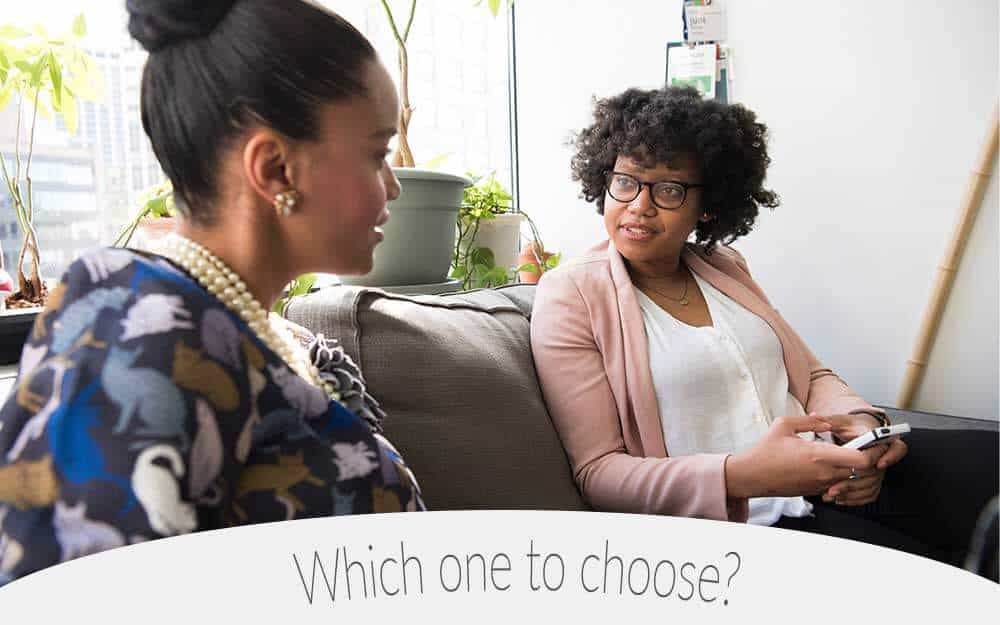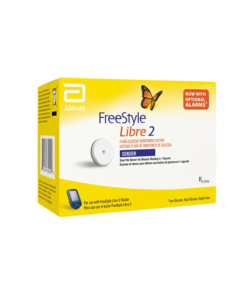Proper glucose monitoring is crucial to preventing long-term complications. That’s why many people are switching to a CGM device, like the Libre 2, to stay abreast of their blood glucose level changes and to make informed decisions about their health.
- But what if you could also use your phone to continuously track and monitor your blood glucose levels?
The Libre 2 offers both a reader and phone app for its users, giving them the flexibility to use whichever device is most convenient for them. But which one is more beneficial?
Key Differences between Libre 2 Reader and Phone App
Here are some key differences that can help you decide:
Convenience & Privacy
It’s no secret that a phone is the most convenient way to get a reading whether at home or on-the-go. The phone is always with you. You can easily scan your sensor with a flash and have quick access to your information and even share it instantly.
With the smartphone app, you can keep track of your levels discreetly, without having to pull out a separate device. This comes in handy if you’re at a place where it’s important to keep your health information private.
The reader is a small, handheld device that you can also take everywhere, but the convenience of a phone means you’re less likely to forget it at home.
- Phone: more convenient
Scan Reliability
The Libre 2 reader has the edge when it comes to reliability. The phone app will often deliver error messages when you scan, forcing you to scan a second or third time to get a reading.
This is less Libre’s fault and has more to do with the NFC antennas that can easily pick up signals from the sensor. Phones typically have small, short-ranged NFC antennas, whereas the reader comes with a large one. This makes it no surprise that the reader almost never has scanning error messages appear, making it the best option when you want to scan the sensor only once.
- Reader: reliable scanning process
Scanning Process
Both the reader and phone have a relatively easy scanning process, but the phone does require you to turn on the device, open the app, and click “scan sensor” every time you want to scan. This may seem insignificant, but when you’re scanning multiple times a day, every day, it can add up.
The reader, on the other hand, has a button that you press to scan, making the process much quicker and simpler. This easy one-touch process can make a difference if you find yourself in situations where seconds matter.
- Reader: simple one-button scanning process
Alarm Flexibility
When it comes to alarms, the reader and phone app both have three different options. These options are:
- low glucose
- high glucose
- signal loss
You have the choice of turning them on or off depending on your preferences.
The phone has an additional alarm called the “urgent low glucose alarm” which is not available on the reader. While it may seem beneficial to have this alarm, sometimes readings can be inaccurate, which is why a finger stick is necessary when these alarms go off. But most importantly, the phone does not allow you to turn this option off, meaning that if you have an important meeting or attend a quiet event, for example, this alarm can be very disruptive. Notifications should be flexible, and unfortunately, they are not with the phone app.
- Reader: no extra mandatory “urgent low” alarm
Signal Loss Error
The Libre 2 system uses the Bluetooth technology to communicate with the sensor. This means that if the connection is for any reason disrupted (for example low battery) the alarms won’t be triggered.
This is an extremely crucial feature for those who must be alerted when their sugar levels reach severe low or high, specially during sleep or driving.
As reliable as the smartphones are these days they are still notorious for losing the Bluetooth connection for unknown reasons making them liable to signal loss.
With the reader, on the other hand, you can rest assured the connection is working and you won’t lose the vital signal.
- Reader: little to no signal loss
Battery Lifespan
When using your phone, you’ll need to connect the app and sensor using Bluetooth, which will make your phone’s battery drain faster. While using your phone, you’ll definitely notice that you need to charge it more, and sometimes depending on your phone it may not even last the entire day if you’re using your it often. If you’re familiar with using other Bluetooth devices, like a smartwatch, then you know how quickly a phone’s battery can deplete.
The reader, on the other hand, has a battery life of a few days on a single charge, making this the better option if you’re going to be away from a charger for an extended period of time.
- Reader: extended battery life
The Ultimate Decision
- Ultimately you must choose one of the two. Pair your sensor with either the reader or the phone.
Yes, that’s true. While you have the option to use both the Libre 2 reader and the phone app to get a reading, only one device can be paired with the sensor. That means whichever device you choose to pair the sensor with, you’re bound to scan with it for 2 weeks. That’s why it’s very important to make sure you chose the right device.
Final Thoughts
The Libre 2 reader is a more traditional way to track your glucose readings. While it may seem obtrusive to carry around an extra device, there are many benefits to the reader that the phone app does not offer. However, if convenience is most important to you, give the phone app a try. There are still many features that make it a fantastic glucose tracking tool.

Robin is a creative individual who enjoys writing and is always looking for ways to hone her skills and share her knowledge with others. She has been writing casually and professionally for over 10 years in a variety of topics including health and wellness.



